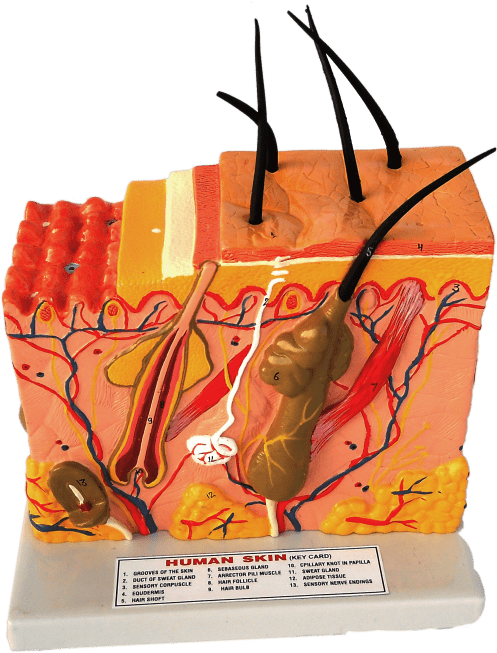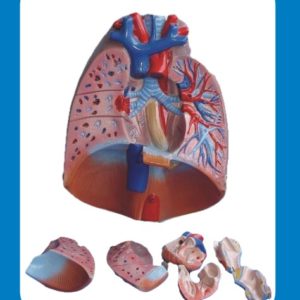Description
A human skin model 3D is a three-dimensional representation of the human skin used for educational or research purposes. The model can be a physical replica, a computer simulation, or a combination of both.
Physical models of human skin can be made from materials such as silicone or rubber, and they can be highly detailed and accurately represent the size, shape, and structure of the human skin. These models can include different layers of skin, including the epidermis, dermis, and subcutaneous layer, and they can demonstrate the different structures and functions of each layer.
Computer simulations of human skin can be interactive and provide a dynamic learning experience by allowing users to manipulate the virtual model to better understand the anatomy and physiology of the human skin.
Human skin models in 3D can be useful tools for medical professionals, students, and anyone who wants to learn more about the anatomy and physiology of human skin. They can also be used in medical training and to demonstrate the effects of various skin conditions and diseases, such as eczema, psoriasis, and skin cancer. By examining the structure and function of the human skin in three dimensions, the user can gain a deeper understanding of the anatomy and physiology of the skin and how it works.







